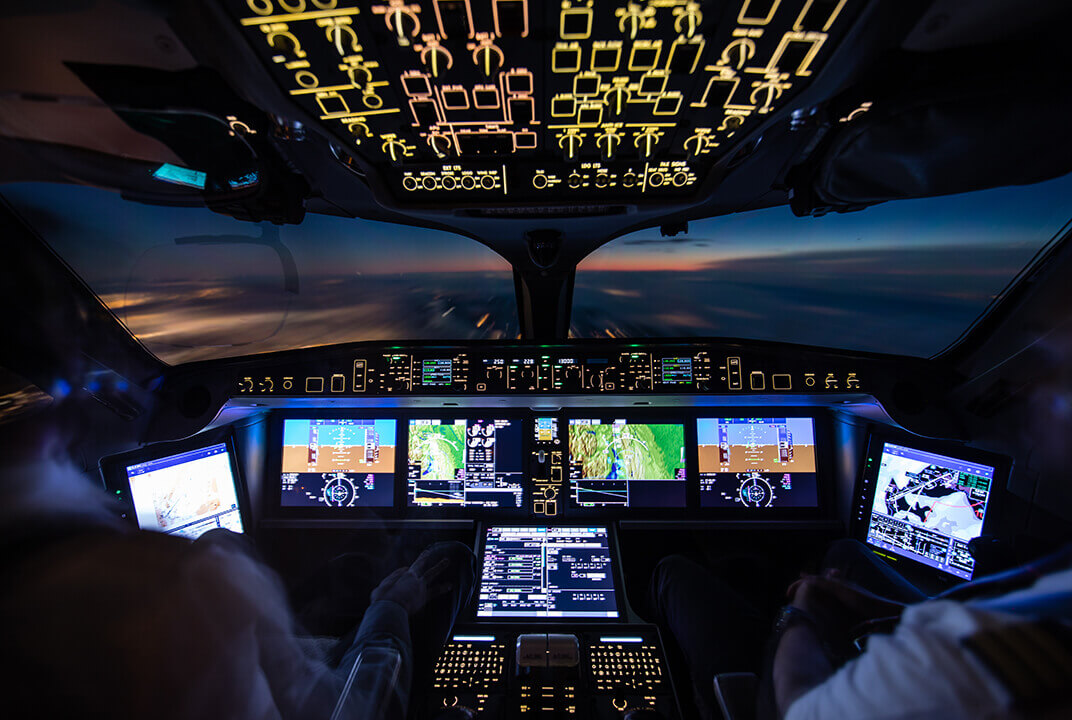STATEMENT: Inmarsat hails US Federal Aviation Administration commitment to use ADS-C technology for improved aircraft surveillance
The United States Government and Accountability Office (GAO) recently published a report confirming that the Federal Aviation Administration (FAA) has committed to use enhanced Automatic Dependent Surveillance-Contract (ADS-C) technology to achieve reduced distances between aircraft, called minimum separation standards, in U.S. oceanic airspace as part of its commitment to implement new international standards by 2022.
ADS-C, powered by Inmarsat’s SB-S and Classic Aero services, has been selected by the FAA as the technology of choice for aircraft surveillance in the region (voice and data communications are also available to all aircraft using SB-S and Classic Aero services). The decision by the FAA, which regulates the largest aviation market in the world, was driven by an in-depth analysis of the cost and benefits of both ADS-C and space-based ADS-B technologies.
The report, titled ‘FAA’s Analysis of Costs and Benefits Drove Its Plans to Improve Surveillance in U.S. Oceanic Airspace’, confirms that space-based ADS-B is not suitable for surveillance use in U.S. oceanic regions due to its limited capability and high cost. The report states that the “FAA decided to proceed with enhanced ADS-C in the near term because the efficiency benefits to airspace users exceeded the costs of more frequent location reporting and air traffic control system upgrades by 2 to 1. In contrast, FAA determined that the costs of using space-based ADS-B in U.S. oceanic airspace outweigh the efficiency benefits by 6 to 1.”
Significant concerns are outlined with the safety and operational challenges presented by the use of space-based ADS-B, and how it could be applied in U.S. oceanic regions. The report states that space-based ADS-B will not be implemented in the near-term until these issues are resolved.
John Broughton, Inmarsat Aviation’s Senior Vice President of Aircraft Operations and Safety, said: “We hail these important findings from the GAO. This independent report recommends ADS-C technology based on a proven record of safety and affordability, and reveals space-based ADS-B as a very expensive solution looking for a problem.
“ADS-C, supported by Inmarsat’s Classic Aero and now SB-S services, has been the cornerstone of oceanic aviation safety for more than two decades. This report reiterates the significant value of those solutions for aircraft operations and safety, and underscores our continuous innovation and ability to deliver value to our customers.”
FURTHER INFORMATION
Jonathan Sinnatt
Director of Corporate Communications
+44 (0)20 7728 1935
jonathan.sinnatt@inmarsat.com
Robeel Haq
Head of Communications, Aviation
+44 (0)20 7728 1352
robeel.haq@inmarsat.com

